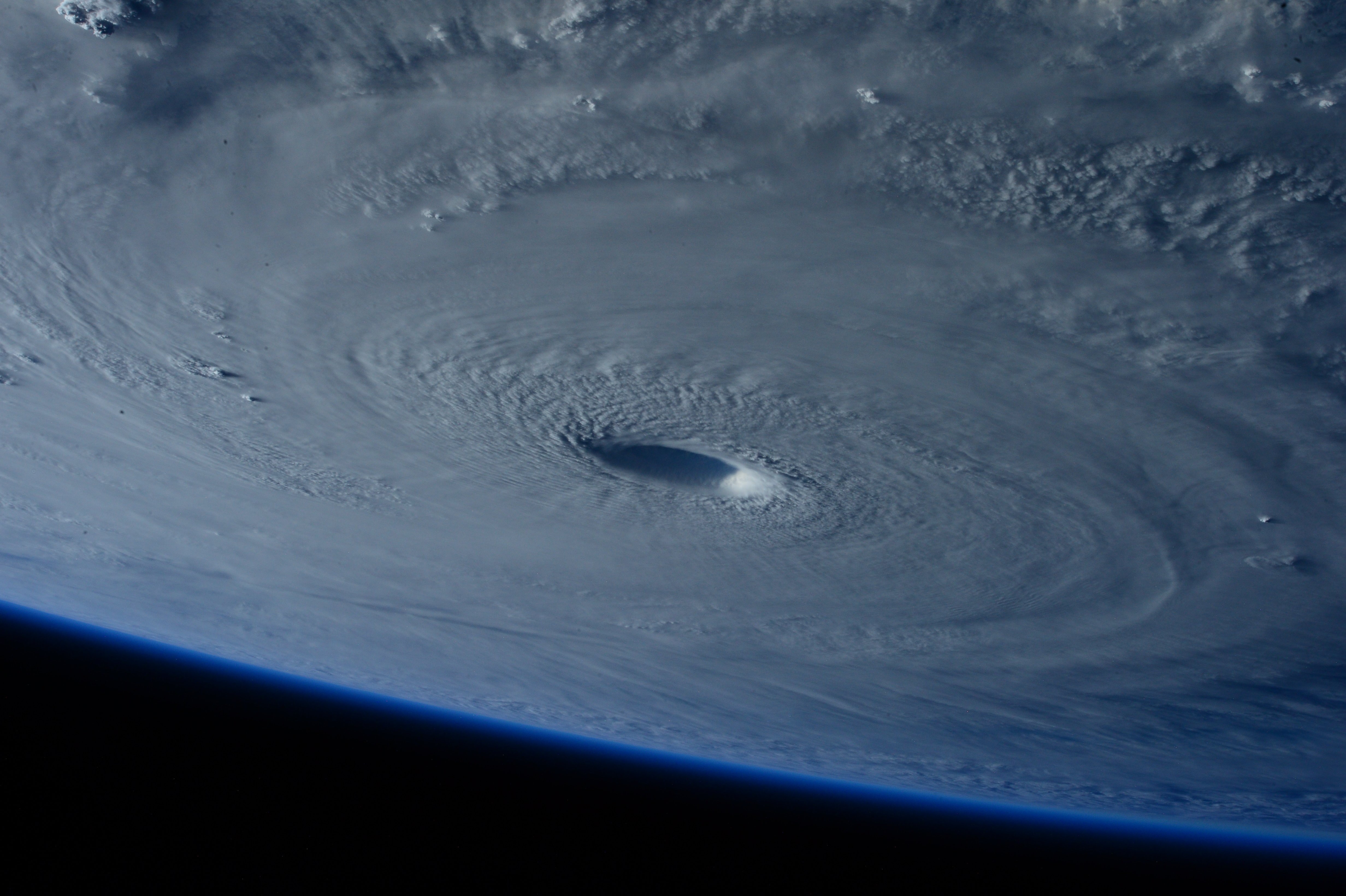The WA branch of Engineers Australia set up a Cyclone Taskforce in 2021 to focus attention on the important role engineers play in keeping communities safe during tropical cyclones. As an output of this taskforce, in December 2021 and January 2022 Engineers Australia facilitated with the Cyclone Testing Station a workshop to develop skills for damage investigations in the aftermath of tropical cyclones.
Participating engineers can now take part in the Cyclone Testing Station’s damage investigations, from which the teams provide technical reports and results to inform future construction codes and standards for improved resilience.
A group of engineers in north-west WA attended seminars at Engineers Australia in Karratha where they could learn the technical aspects to look for when evaluating damaged buildings in the immediate aftermath of a cyclone.
Engineers Australia Fellow Geoffrey Boughton, Adjunct Associate Professor, Cyclone Testing Station at James Cook University, said the post disaster evaluation teams find out what worked and what didn’t in the built environment under extreme wind loads.
“The Cyclone Testing Station has years of experience in looking at damage and finding out the first element that failed. We document what is damaged and what is not. We then ask a series of questions that encourage the engineers in the teams to use their skills to establish what the cause of the damage was, whether it be wind, rain, storm surge or wind-borne debris.”
As a result of the post-disaster training at Engineers Australia some members were recently on standby to travel to Port Hedland to participate in investigations following severe Tropical Cyclone Ilsa.
Prof. Boughton said thankfully Cyclone Ilsa went through a largely unpopulated area so a large scale immediate post-cyclone damage assessment was not required.
“Though a large group was not needed, as a result of Engineers Australia’s efforts in coordinating the training we were well prepared to respond to widespread damage,” he said.
Cyclone Ilsa did pass through areas with aboriginal communities, roadhouses, cattle stations and mines. Even though the damage was not catastrophic, Prof. Boughton was able to travel to the Pilbara to do an investigation following Ilsa. He was joined by another engineer that had participated in the training at Engineers Australia.
“One of the things about Ilsa was that the people at the remote mining stations in the area it passed through were surprised at how strong the winds were so far inland,” he said.
A unique aspect of Prof. Boughton’s investigation in the Pilbara was the opportunity to analyse damaged solar panels, which he said will provide valuable insights as solar panels are a key part of our national response to using renewable energy.
“Part of what we did that investigation was to get a good picture of the wind speeds so we can present them to Australian Standards Committees as evidence to work out if we have the wind regions in the right places. We’re not making a judgement on it, but it’s all valuable evidence Australian Standards Committees need to consider when evaluating where their regions are.”

